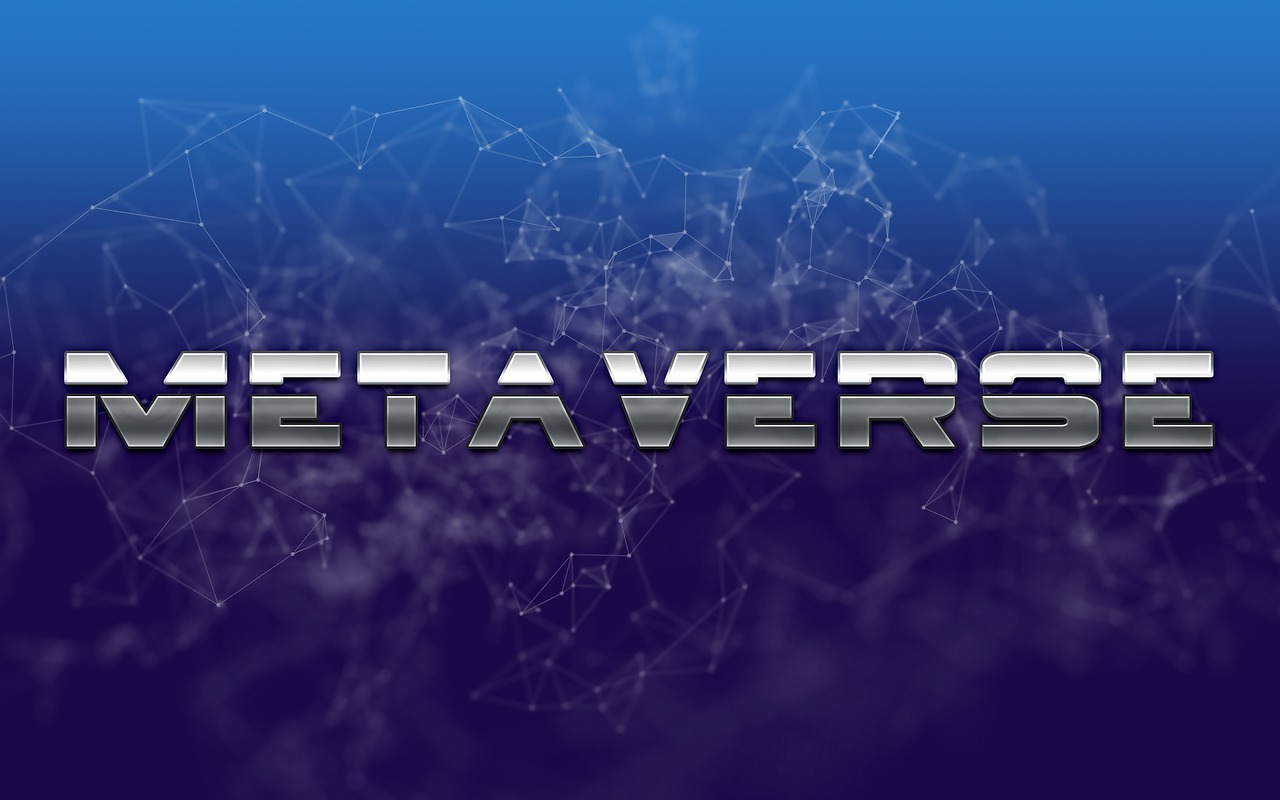Discover 8 Essential Blockchain Consensus Mechanisms

A consensus mechanism is a self-regulatory software layer within a blockchain’s code. Its purpose is to synchronize the network, ensuring agreement on the state of a digital ledger. Instead of requiring each node or in-network computer to maintain their complete copy of the database, this mechanism upkeeps a single dataset that represents the mutually agreed-upon version of the blockchain’s transaction history.
When programming a network’s standard for verification, various consensus mechanisms come into play. Each approach is designed to combat cheaters who try to contradict the record.
How Does a Consensus Mechanism Work?
In the realm of blockchain technology, consensus mechanisms hold immense importance. They safeguard transaction integrity and preserve the decentralized nature of these networks. This article delves into the fundamental concept of consensus mechanisms, emphasizing their significance and drawing real-world parallels for better understanding.
Consensus in Blockchain: Ensuring Transaction Validity
Blockchain nodes play a crucial role in maintaining transaction validity. They act as gatekeepers for incoming data, carefully evaluating pending transactions to determine their approval or disapproval. These nodes cross-reference the transaction requests with their records and provide feedback accordingly. If a user attempts to process a transaction using already spent coins that are recorded, the request is promptly denied by a majority consensus. This denial reinforces the immutability of the ledger, ensuring its integrity—those who deviate from this consensus often face network bans.
Challenging the Record: Network-Wide Recall
In some rare cases, a node may attempt to challenge the consensus by initiating a recall across the entire network. However, achieving success in this endeavor necessitates obtaining approval from more than two-thirds of their peer nodes. If this milestone is reached, the transaction undergoes confirmation, distribution, and permanent recording on the blockchain.
Consensus Mechanisms in Action
A cryptocurrency analyst at Forex Fraud concisely defines consensus as the agreement among participants. Within the realm of blockchain, this concept assumes a pivotal role, determining whether transactions are accepted or rejected by the network.
Decentralized Finance and the Role of Consensus
Traditional centralized institutions, such as banks, heavily rely on centralized decision-making authorities to validate transactions. In contrast, cryptocurrencies operate differently due to their decentralized nature and lack of a central power. Instead, they utilize consensus mechanisms that ensure the entire network validates transaction histories. This collective validation process ensures accountability for transaction approvals.
Examples of Consensus Mechanisms
Two commonly used consensus mechanisms in blockchain are Proof of Work (PoW) and Proof of Stake (PoS). The PoW mechanism rewards crypto miners for verifying transactions by solving complex computational puzzles. On the other hand, PoS allows users to stake tokens in order to have a chance to verify transactions and earn rewards through a lottery system.
Consensus in Everyday Life: The Game Analogy
Zeeshan Arif, the founder of Whizpool, draws an intriguing parallel between consensus in blockchain and how humans reach agreements in a game like Monopoly. Just as diverse strategies can pave the way to victory in a match, all players understand and embrace the fairness of these strategies. Similarly, within the blockchain ecosystem, participants come together to collectively determine whether a transaction should be approved or rejected.
In Monopoly, just like how one player cannot change the rules on their own, nodes within a blockchain also require the consensus of most network participants to alter token ownership. Consensus mechanisms are the foundation of blockchain technology, guaranteeing trust, transparency, and decentralization in cryptocurrencies.
Why Are Consensus Mechanisms Important in Blockchain?
Consensus mechanisms serve a dual purpose of technical utility and fostering trust in blockchain and distributed systems. They function as fail-safes, ensuring the integrity of digital transactions by preventing double spending. These mechanisms act as incentives for good behavior and cultivate trust in inherently trustless settings.
Nicholas Edmonds, an esteemed blockchain engineer, emphasizes their role in averting financial chaos and maintaining trust. Moreover, consensus mechanisms provide crucial defense against malicious activity within networks, protecting them from corruption by bad actors. In essence, these mechanisms play a pivotal role in upholding the integrity, security, and trustworthiness of decentralized networks and systems.
Types of Consensus Mechanisms
Proof of Work
Proof of work, the genesis of all consensus mechanisms, relies on a legion of miners or validators. Their task is to verify transactions by solving complex mathematical problems in a race for a block prize.
This energy-intensive process employs a specialized network of computers that tackle sophisticated cryptographic challenges, represented by 64-digit hexadecimal numbers known as hashes.
The crypto mining process described above holds the potential to yield substantial rewards in the form of new crypto tokens and has thus become a widely adopted use case for proof-of-work systems.
Proof of Stake
In a proof-of-stake model, users participate in staking by pledging a certain number of tokens. This process grants them validator privileges. When users bet their coins, it means that the coins are temporarily locked away.
Staked coins passively generate rewards and contribute to the network until the user decides to unfreeze them, usually for trading purposes. Validators have a chance to learn validating opportunities through a random lottery pool.
The more tokens they stake, the higher their chances of winning the raffle. Apart from facilitating trades and adding blocks to the blockchain, validators also play an active role in storing data as committed community members. If any user deviates from consensus, they will lose their stake.
Delegated Proof of Stake
Proof of stake, but with an electoral process—a new approach to determining consensus. In this method, network participants cast votes through staking pools for their preferred delegate, individuals presumed to possess the best capabilities for safeguarding the network based on their reputation.
Consequently, only a select group of top-tier candidates are granted randomly validating privileges. At any given time, a validator can be surpassed by someone considered more trustworthy.
Proof of Capacity
When proof of capacity is involved, digital storage mediums accommodate complex puzzle solutions, much like a hard disk. People commonly refer to this specific procedure as plotting.
After filling the storage device, users can utilize it to generate blocks.
The one who solves the puzzle fastest earns the opportunity to create a new partnership. Essentially, those with higher storage capacity are more likely to secure the chance of producing a new block.
Proof of Identity
Blockchain technology utilizes proof of identity as another consensus mechanism. This mechanism involves comparing a user’s private key with an authorized identity, essentially using cryptographic evidence to link a specific transaction to the user’s key.
Any participant within a blockchain network can generate a data block accessible by all members. The inclusion of proof of identity serves as a safeguard, ensuring the credibility and genuineness of the generated information.
The potential of proof of identity carries significant importance and has gained recognition from numerous cities. This technology enables the verification of citizens’ identities, offering a wide range of possibilities.
Proof of Elapsed Time
The method by which a new block producer is chosen considers the duration they have been waiting to do so as proof of elapsed time. This process operates randomly yet fairly, ensuring equal opportunity for all participants.
The mechanism in question produces a random wait time for each user. Subsequently, the user whose allocated time elapses first will be granted the opportunity to generate a new block.
An important consideration is that this mechanism’s effectiveness relies on the system’s ability to verify the absence of multiple nodes operated by a single user, as well as ensuring genuinely random waiting times.
Proof of Authority
Favored by private or permissioned blockchains, the proof-of-authority consensus mechanism operates based on reputation rather than an individual’s digital assets. This mechanism selects validators who undergo a thorough vetting process, including background checks, to ensure their credibility and trustworthiness.
Proof of Activity
The blockchain uses a consensus mechanism that combines PoW and PoS as proof of activity. In this system, miners solve puzzles to earn rewards while blocks serve as templates with header data.
These blocks are responsible for randomly selecting validators who will sign new partnerships. Validators with higher stakes have a greater chance of being selected. When someone signs a block, it becomes a part of the network; otherwise, the network discards it. Miners and validators share the network fees.
Although various consensus mechanisms exist, none are perfect; however, they fulfill the fundamental requirements of a blockchain. Developers must carefully assess their strengths and weaknesses to make informed decisions as these mechanisms continue to evolve.
conclusion
Blockchain consensus mechanisms are pivotal in maintaining the integrity and security of decentralized networks. In this context, eight distinct mechanisms, including Proof of Work, Proof of Stake, and Delegated Proof of Stake, emerge to address the challenge of achieving consensus within a trustless environment. These mechanisms shape the future course of blockchain technology.








